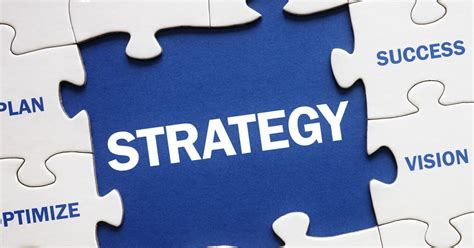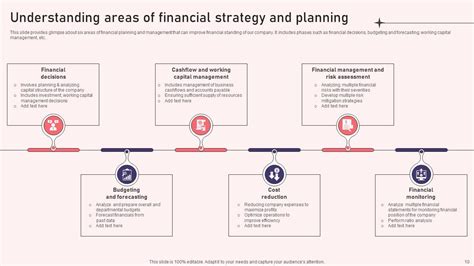Navigating the Dual Path to Financial Freedom
For many, the journey to financial stability feels like a tug-of-war between two crucial priorities: eliminating burdensome debt and aggressively building a retirement nest egg. Both are vital for long-term security, yet resources are often finite. The challenge lies in finding a harmonious balance that accelerates progress on both fronts without sacrificing one for the other.

Assessing Your Current Financial Landscape
Before you can balance these two goals, you need a clear picture of your current financial situation. List all your debts, including interest rates, minimum payments, and total balances. Categorize them as high-interest (credit cards, personal loans) or lower-interest (mortgage, student loans). Simultaneously, review your current retirement savings: what accounts do you have (401k, IRA), what are your balances, and what are your current contribution rates? Understanding these numbers is the first step to crafting an informed strategy.
Prioritizing Debt: High-Interest First
Generally, high-interest debt acts as a significant drag on your financial progress. Paying 18-25% interest on credit card debt makes it incredibly difficult to save effectively, as the interest accrual often outpaces any investment returns you might see. Therefore, a common strategy is to aggressively pay down high-interest debt first. This doesn’t mean stopping retirement savings entirely, but rather allocating a larger portion of your extra funds towards debt. Consider methods like the “debt avalanche” (paying highest interest first) or “debt snowball” (paying smallest balance first for motivation).

Optimizing Retirement Contributions: Don’t Leave Free Money on the Table
While debt repayment is critical, one golden rule of retirement savings should almost never be broken: always contribute enough to get your employer’s full 401(k) match. This is essentially free money, an immediate 100% return on your investment that you shouldn’t forgo, even when heavily focused on debt. Beyond the match, assess if you can maintain a baseline contribution to continue compounding your wealth, even if it’s not the maximum amount.

The Hybrid Approach: A Strategic Balance
A truly balanced approach often involves a hybrid strategy. Here’s how it works:
- Secure the Match: Contribute at least enough to your 401(k) to get your employer match.
- Attack High-Interest Debt: Direct any remaining surplus funds towards your highest-interest debt until it’s gone.
- Increase Retirement Savings: Once high-interest debt is eliminated, redirect those freed-up funds, plus any additional income, to significantly boost your retirement contributions. Aim to max out your 401(k) or IRA if possible.
- Address Lower-Interest Debt: With high-interest debt cleared and retirement savings on track, you can then decide whether to accelerate lower-interest debts (like a mortgage) or invest further, considering your personal risk tolerance and interest rates.
Creating a Detailed Budget and Tracking Progress
Success in balancing these goals hinges on a meticulous budget. Track every dollar in and out to identify areas where you can cut expenses and free up more money for both debt repayment and savings. Tools like budgeting apps or spreadsheets can be invaluable. Regularly review your progress – seeing your debt balances decrease and your retirement accounts grow provides powerful motivation to stick to your plan.

Revisiting and Adjusting Your Strategy
Financial situations are rarely static. Life changes – a new job, a raise, unexpected expenses – will require you to revisit and adjust your strategy. Periodically (annually or semi-annually), re-evaluate your debt landscape, retirement goals, and overall financial health. This flexibility ensures your plan remains effective and aligned with your evolving objectives.

Conclusion
Balancing debt repayment with aggressive retirement savings isn’t about choosing one over the other; it’s about strategically allocating your resources to achieve both. By prioritizing high-interest debt, leveraging employer matches, and adopting a flexible hybrid approach, you can build a robust financial foundation that provides both immediate relief from debt and long-term security in retirement. It requires discipline and consistent effort, but the payoff is true financial freedom.




